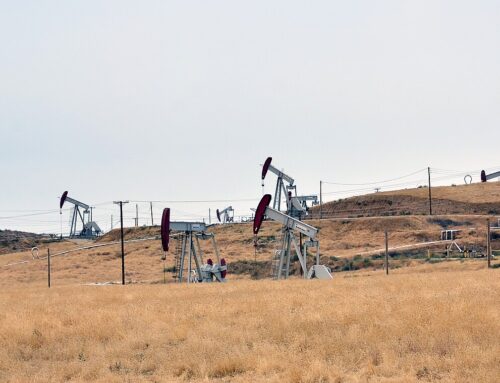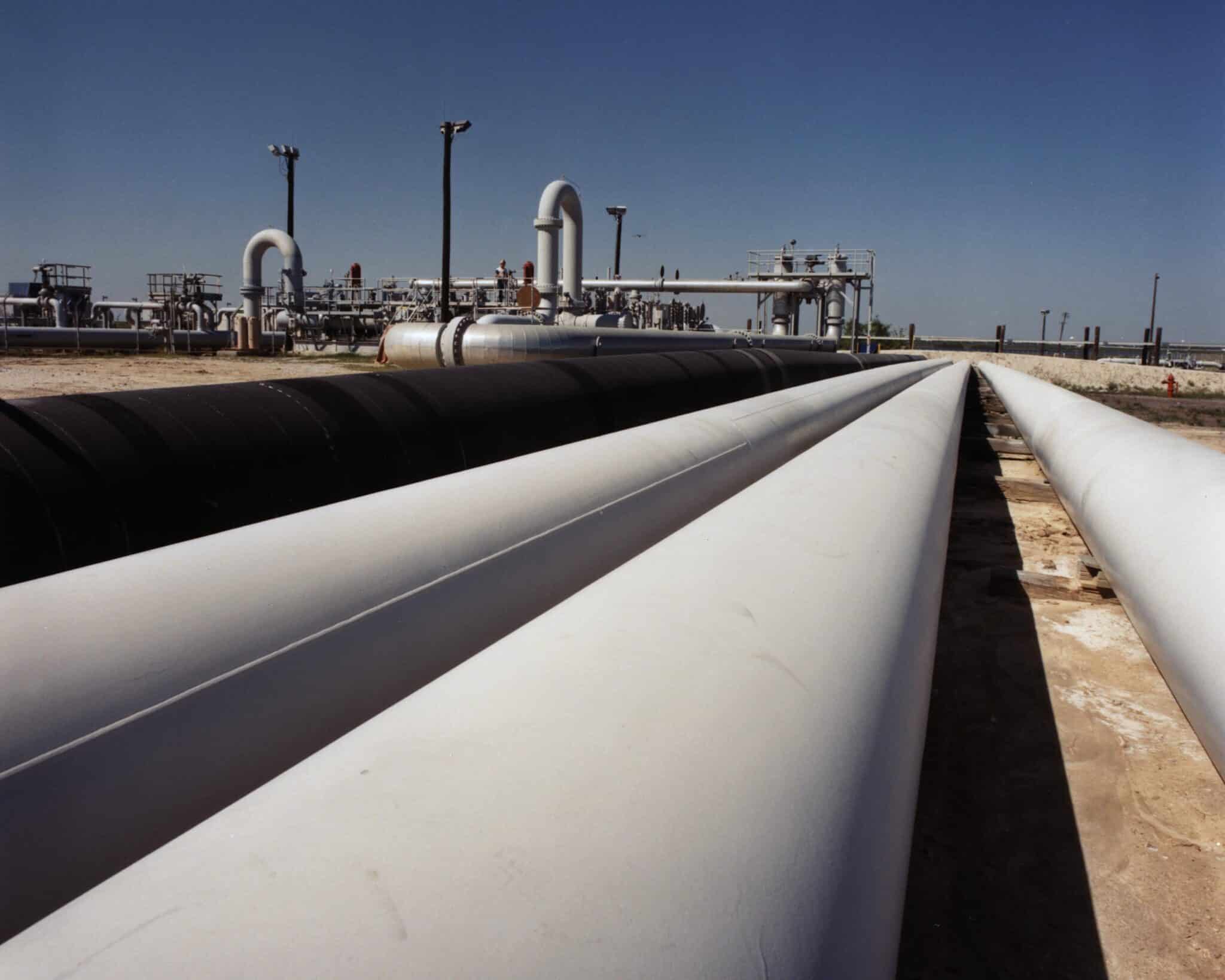View/Download this article in PDF format.
Since the nation began using nuclear energy, the federal government has provided billions in subsidies to the industry. More than $85 billion has been spent on the nuclear industry since 1948 (see Table 1). With such extensive support, one would hope that the industry would be financially strong enough to support its business costs. But despite the decades of generous support, nuclear power continues to be riddled with cost and risk concerns that keep private financial backers away and the industry relying more and more on federal taxpayers.
According to a recent Energy Information Administration report, in 2007, the nuclear industry received nearly $1.3 billion in subsidies and tax incentives; an additional $30.7 million was awarded to research projects under the Department of Energy’s Nuclear Energy Research Initiative in FY2007. On top of these subsidies, the industry has been awarded billions in lucrative tax breaks and subsidies in the Energy Policy Act of 2005.
It is clear the billions will continue to add up if Congress and the Administration continue on the current track. Congress has currently awarded the nuclear industry $18.5 billion in loan guarantees for nuclear reactors and $2 billion for uranium enrichment facilities in loan guarantees, but there is an increased push for more. This year alone there have been attempts to add $50 billion more in loan guarantees for use by the nuclear industry to the Stimulus and the Budget Resolution and pending climate legislation may only further sweeten the coffers.
Summary of Federal Subsidies
Below is a summary of a few of the most egregious subsides the nuclear industry receives. This does not include the financial risk the federal government bears by insuring the nuclear industry, which is a liability well beyond any other federal subsidy. When it comes to Research and Development the US has also invested far more funds in nuclear power than other energy source. Table 1 shows historical subsidies to the nuclear industry; Table 2 shows the projected impacts of more recent subsidies, primarily from the Energy Policy Act of 2005. Recent tax breaks, loan guarantees, and direct subsidies to the nuclear industry are estimated to amount to more than $30 billion.
| Historical Subsidiesa | |
|---|---|
| Nuclear Waste Technical Review Board (since 1987) | 70,000,000 |
| Uranium Facilities Decontamination and Decommissioning Fund (since 1994)b | 2,100,000,000 |
| Research & Development (since 1948) | 83,100,000,000 |
| TOTAL | 85,270,000,000 |
| a All values given in 2007 dollars b This assumes that the fund has collected $2.25 billion, the maximum amount allowed by the Energy Policy Act of 1992 |
|
| Recent Subsidiesa | |
|---|---|
| Nuclear Production Tax Credit | 5,700,000,000 |
| Modification to Special Rules for Nuclear Decommissioning Costs | 1,290,000,000 |
| Decommissioning Pilot Program | 16,000,000 |
| Demonstration Hydrogen Productionb | 100,000,000 |
| Stand-by Supportb | 2,000,000,000 |
| Loan Guarantees for Nuclear and Uranium Enrichmentc | 20,500,000,000 |
| Next Generation Nuclear Plant Project | 1,250,000,000 |
| TOTAL | 30,856,000,000 |
| a subsidies awarded since 2005 b authorized in the Energy Policy Act of 2005 c While loan guarantees are not direct subsidies, they were included due to the risk of default and costs incurred from that, as well as subsidy costs.Sources: Joint Committee on Taxation, “Estimated budget effects of the conference agreement for Title XIII of H.R. 6, the “energy tax incentives act of 2005””, July 2005; Public Law 109-58, “Energy Policy Act of 2005”, August 2005; Department of Energy Loan Guarantee Program, “Title XVII 2008 Omnibus Report Language,” http://www.lgprogram.energy.gov/appro/rptLanguage.pdf, Energy Information Administration, “Analysis of Five Selected Tax Provisions of the Conference Energy Bill of 2003”, http://www.eia.doe.gov/oiaf/servicerptceb/nuclear.html, 2004. |
|
Nuclear Research and Development
From 1948 to 1972 the federal government spent
$24.3 billion (2003 dollars) for research and development programs and almost double that amount, $49.1 billion, from 1972- 2003. During those same 30 years the federal government only awarded $24.8 billion for fossil fuels, and $14.6 billion for renewable energy technologies. From 1948-1998, the DOE’s nuclear research and development received 56% of total federal R&D funding.
In 2010, the Department of Energy requested $844, $632 million for the Office of Nuclear Energy, of which $403 million alone goes towards research and development (R&D). R&D programs include the Generation IV Nuclear Energy Systems program, requesting $191 million for studying problems associated with reactor technologies, as well as the Fuel Cycle R&D program, requesting $192 million. Additionally, in order to cover administrative costs, the Department requested $43 million for the Department of Energy Loan Guarantee Program.
Production Tax Credit
This tax credit was included in the Energy Bill of 2005 to promote the building of new nuclear reactors. It provides advanced nuclear facilities with a 1.8 cent per kilowatt hour tax credit for reactors constructed before 2021 first 8 years of operation. The Energy Information Administration has estimated that it could cost taxpayers as much as $5.7 billion over its lifetime.
Price-Anderson Act – Protecting the Nuclear Industry
The Price-Anderson Act has been limiting the liability of the nuclear industry for decades. Under this 1959 law that has been extended time and again, in the case of an accident each nuclear facility is limited to $15.9 billion in liabilities, with the rest picked up by the taxpayer. One analysis has put the cost of one type of nuclear reactor accident at 143,000 cancer deaths, and $599 billion in property damage.
Treasury Backed- Loan Guarantees
Title XVII of the Energy Policy Act of 2005 authorized the Department of Energy (DOE) Loan Guarantee Program to guarantee loans for new, innovative technologies. While the program’s intent was for emerging energy technologies, mature energy industries like coal and nuclear, that have already received billions of dollars in subsidies for decades, are eligible as well. The nuclear industry has already applied for more than $120 billion in loan guarantees and Congress has already responded with $18.5 billion for nuclear facilities and $2 billion for uranium enrichment. Several policymakers have even attempted to pass legislation that will allow the DOE to disperse unlimited loan guarantees without congressional oversight. The Congressional Budget Office found that the default rate for nuclear power plant loans to be “well above 50 percent”, meaning taxpayers will be on the hook for billions.
Cost of Long-term Nuclear Waste Disposal
The Department of Energy’s Office of Civilian Radioactive Waste Management has studied the cost of the Yucca Mountain project, which is being designed as the permanent repository for U.S. nuclear waste. Historical costs of the Yucca Mountain project from 1983-2006 are $13.54 billion (in 2007 dollars). The estimated cost from 2007 through permanent closure and decommissioning of the repository is $83 billion
(in 2007 dollars). To date, the costs have been covered by payments by nuclear power generators into OCRWM’s Nuclear Waste Fund.
In early 2009, President Obama followed through with his promise to end the Yucca Mountain proposal and cut off almost all funding for the project. Congress passed bills mirroring the President’s request, terminating Yucca Mountain as a storage solution, however, appropriating over $196 million to the program. Secretary Chu has expressed interest in establishing a blue ribbon panel in order to determine the next steps that need to be taken with the project.
It is time to end the flow of subsidies…
For decades the nuclear industry has heavily benefited from subsidies provided by U.S. taxpayers and they continue to ask for billions more. With a growing economic crisis and federal deficits and debt mounting, taxpayers, now more than ever, cannot afford to shoulder the burden of nuclear subsidies. It is time to end handouts to a mature energy industry that has already received billions from taxpayers.
For more information, please contact Autumn Hanna at (202) 546-8500 x112 or autumn[at]taxpayer.net










